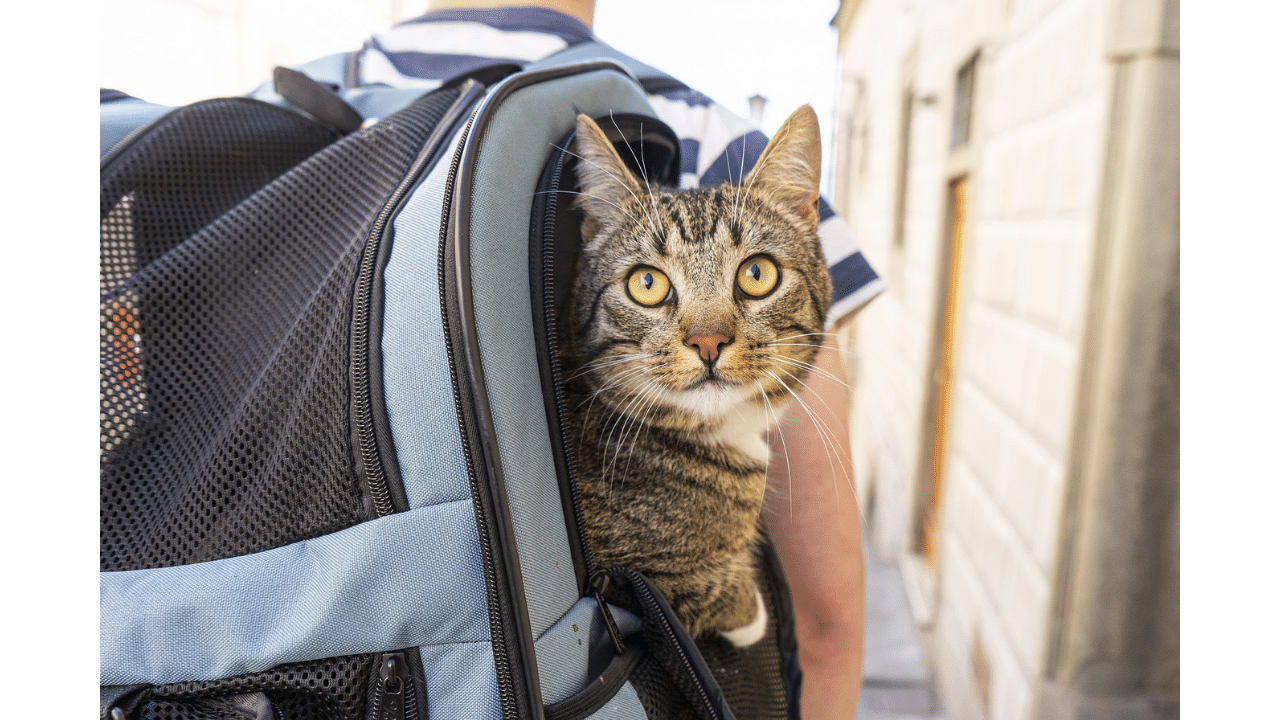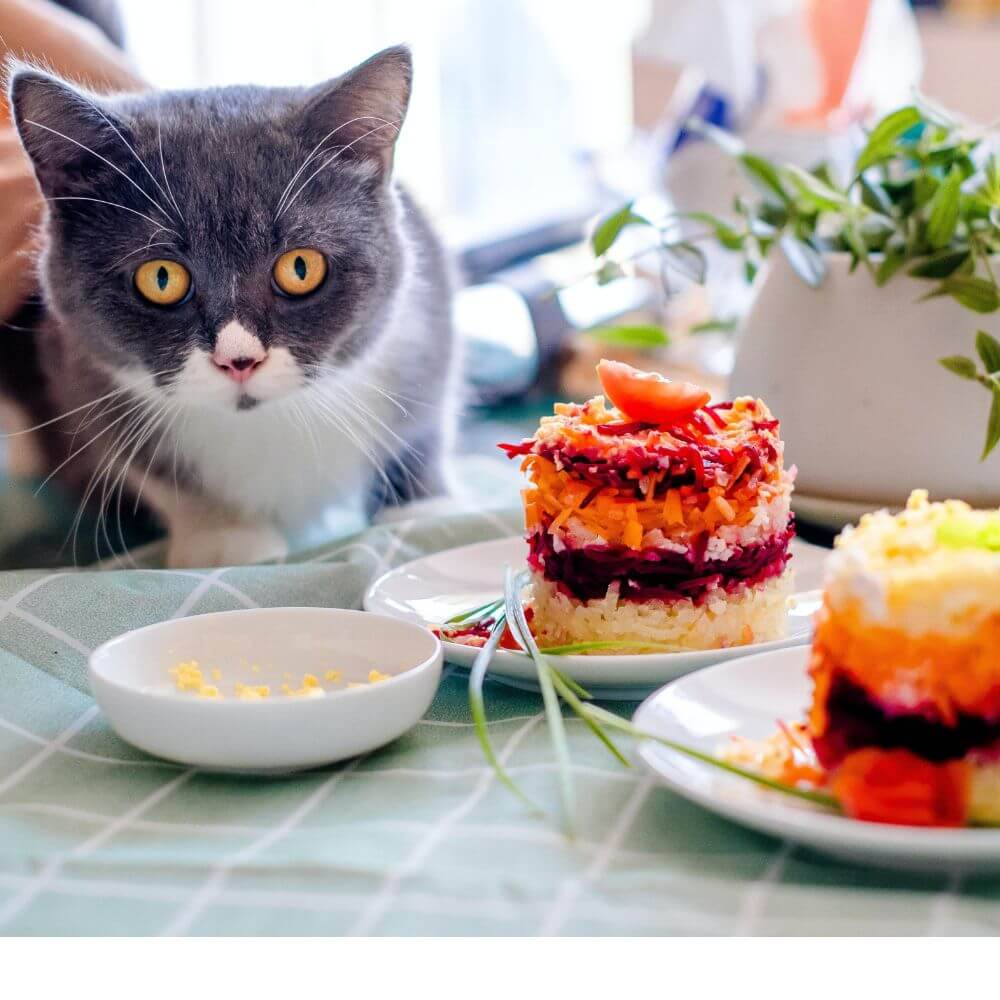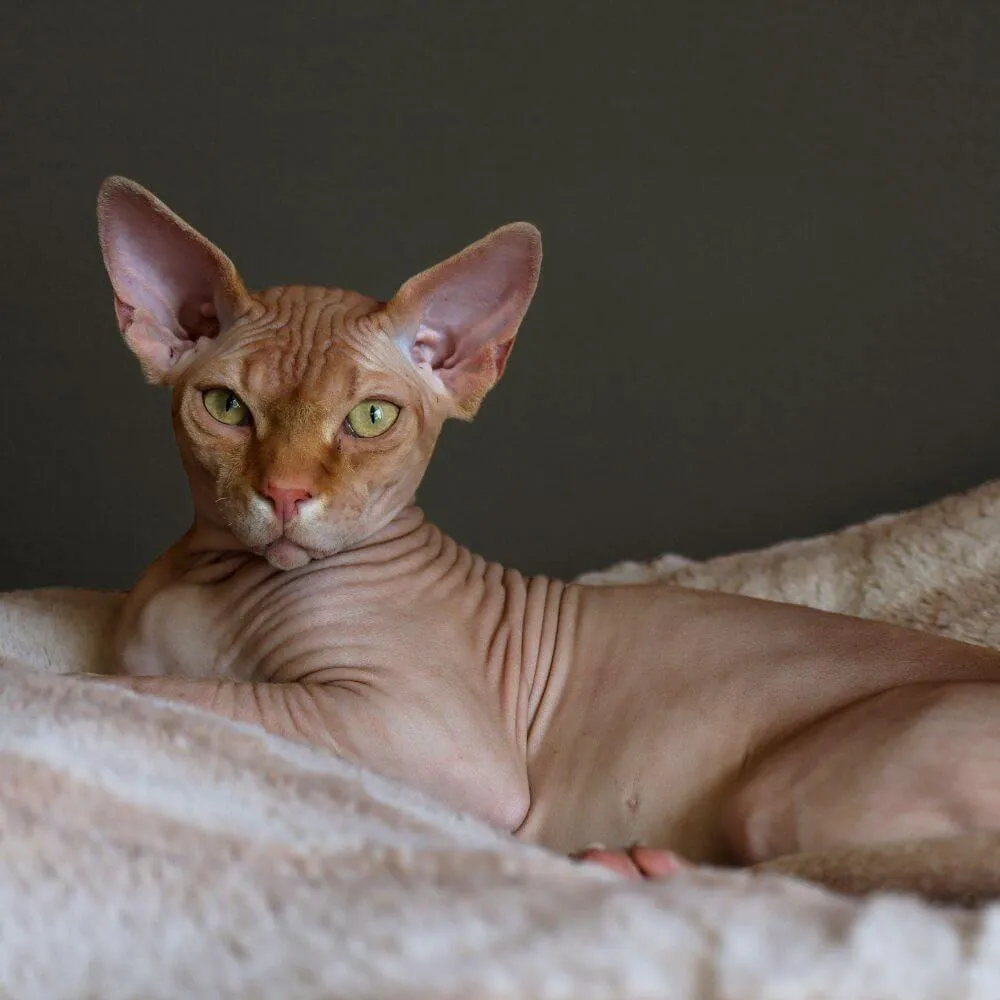The Ultimate Guide to Low-Shedding Cats: Unveiling Feline Breeds with Minimal Shedding
Are you a cat lover who is tired of constantly dealing with shedding fur, or perhaps someone with allergies searching for the perfect feline companion? You've come to the right place! In this comprehensive informational article, we will delve into the fascinating world of cats that don't shed or shed minimally. Our goal is to provide you with an in-depth understanding of various breeds known for their low-shedding traits, making it easier for you to find the ideal match for your needs and preferences.
Throughout this article, we will introduce you to a diverse range of low-shedding cat breeds, each with its unique characteristics, temperament, and physical appearance. We will also discuss essential aspects such as grooming requirements, health considerations, and suitability for different households, including families with children, seniors, and those who live in apartments.
Understanding the differences between these low-shedding cat breeds is crucial for potential pet owners, as it can help you make an informed decision when choosing the perfect furry friend for your home. By selecting a low-shedding cat, not only will you reduce allergens and maintain a cleaner living space, but you'll also decrease the time and effort required for grooming and cleaning up after your beloved pet.
In addition, we will touch upon practical tips and tricks for managing shedding in cats, regardless of their breed, ensuring that both you and your feline friend can enjoy a comfortable and happy coexistence.
So, whether you are a seasoned cat owner or someone considering adopting a cat for the first time, this article will serve as a valuable resource to help you navigate the world of low-shedding feline breeds and find the perfect companion that fits your lifestyle and needs.
8 Irresistible Reasons to Adopt a Hairless, Low-Shedding Cat
Are you tired of endless vacuuming and lint rolling to combat cat hair? Say hello to the marvelous breed of cats that are hairless or atleast short hair and low shedding! These hairless, low-shedding feline companions are here to change your life for the better. Here are the top advantages of owning a hairless kitter that will make you want to consider one right away:
💠Hypoallergenic Haven: No more sneezes and sniffles! Hairless, low-shedding cats like the Sphynx, Devon Rex & Oriental Shorthair are perfect for allergy sufferers. Their minimal shedding means less dander and allergens floating around your home.
💠Easy Maintenance: Forget about daily brushing sessions and grooming appointments. With a Sphynx, Devon Rex & Oriental Shorthair , all you need is an occasional wipe-down with a damp cloth to keep them clean and healthy.
💠Furniture-Friendly: Love your furniture but hate the fur? A Sphynx, Devon Rex & Oriental Shorthair won't leave hair all over your favorite couch or bedspread, making your home look cleaner and more inviting.
💠Unique and Exotic Looks: The Sphynx, Devon Rex & Oriental Shorthair is a true conversation starter. Their hairless appearance and distinct features will have your friends and family intrigued and fascinated by your stylish new companion.
💠Lovable Personality: Don't let their unusual looks fool you –Sphynx, Devon Rex & Oriental Shorthair cats are known for their affectionate and friendly nature. They love to cuddle and will quickly become your loyal, loving sidekick.
💠Energy Efficient: Hairless cats have a higher body temperature than their furry counterparts, which means they'll keep you warm on those chilly nights. Snuggle up with your Sphynx, Devon Rex & Oriental Shorthair and save on heating costs!
💠Adaptable Companions: Whether you live in a small apartment or a sprawling house, the Sphynx, Devon Rex & Oriental Shorthair can adapt to any living situation. Their calm demeanor and low shedding make them the perfect pet for any home.
💠Longevity: A well-cared-for cat can live up to 15 years or more! That's a lot of quality time with your new best friend.
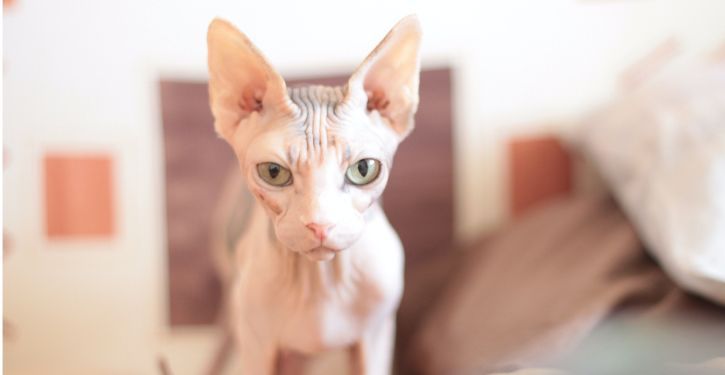
Exploring Low-Shedding Cat Breeds and Their Unique Characteristics
In this section, we will take a closer look at several popular low-shedding cat breeds, each with its distinct features and charm. Some of the breeds we will explore include the Sphynx, Devon Rex, Cornish Rex, Siamese, and Russian Blue. These cats are known for their minimal shedding, making them ideal for those who want a cleaner home or suffer from allergies.
The Sphynx is perhaps the most distinctive breed due to its hairless appearance. Although not entirely without fur, their fine, velvety coat is barely visible, resulting in minimal shedding. The Devon Rex and Cornish Rex both possess short, curly coats that shed less than other breeds, but they require regular grooming to maintain their unique appearance. Siamese cats have sleek, short coat that sheds minimally and is relatively low-maintenance, while the Russian Blue has a dense, plush coat that sheds less than other breeds due to its unique double coat structure.
By understanding each breed's unique characteristics, you can determine which low-shedding cat may be the best fit for your household. Factors such as size, temperament, activity level, and grooming requirements should be considered when selecting the perfect feline companion.
Grooming Requirements and Health Considerations for Low-Shedding Cats
Although low-shedding cats require less grooming than their more heavily shedding counterparts, it is still essential to understand each breed's specific grooming needs. In this section, we will discuss the grooming requirements for various low-shedding breeds, including bathing, brushing, nail trimming, and ear cleaning.
For example, the hairless Sphynx requires frequent bathing to remove excess oils from their skin, while the Devon Rex and Cornish Rex need regular brushing to prevent matting and maintain their curly coats. The Siamese and Russian Blue may require less frequent grooming, but regular brushing is still essential to remove loose hair and maintain a healthy coat.
We will explore common health considerations for low-shedding breeds, such as genetic predispositions to certain conditions, proper nutrition, and preventative care. By being aware of these health concerns, you can ensure your cat's well-being and provide them with the best possible care throughout their life.
Assessing Suitability for Different Households and Tips for Managing Shedding
In this section, we will examine the suitability of various low-shedding cat breeds for different households, including families with children, seniors, and those living in apartments. Each breed has its unique temperament and activity level, so it's crucial to choose a cat that will fit seamlessly into your lifestyle and living situation.
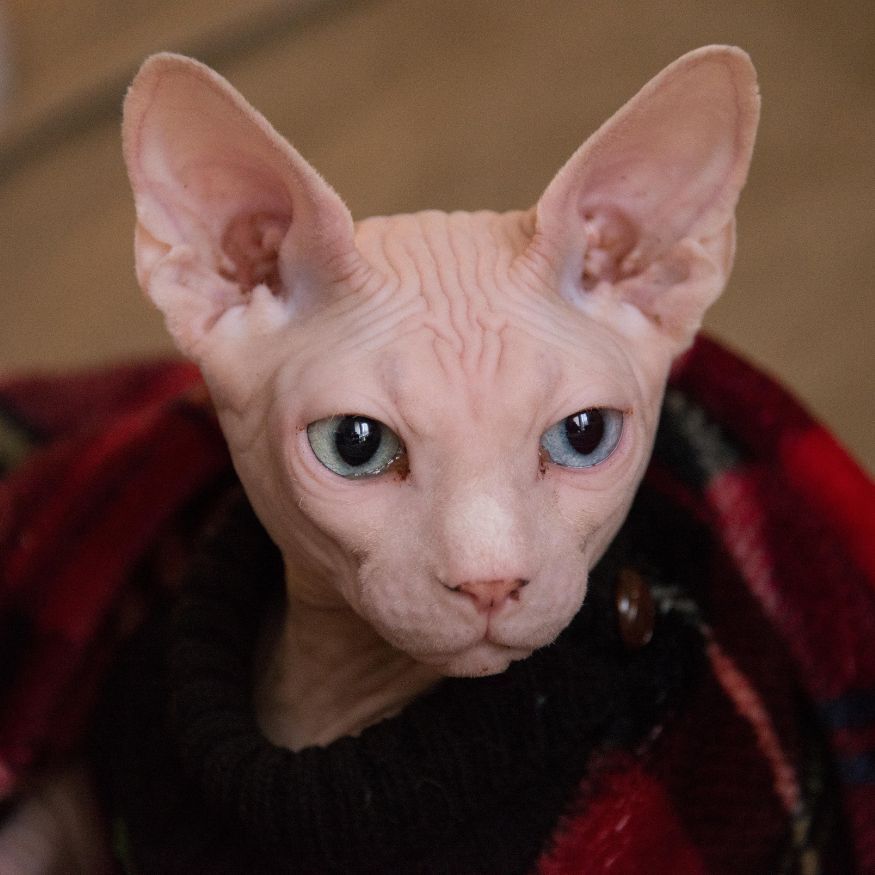
For example, the playful and affectionate Devon Rex may be well-suited for families with children, while the more reserved Russian Blue might be an ideal choice for seniors seeking a calm and low-maintenance companion. When selecting a low-shedding breed, it's essential to consider factors such as space requirements, exercise needs, and compatibility with other pets in the household.
Finally, we will offer practical tips and tricks for managing shedding in cats, regardless of their breed. These strategies may include regular grooming, providing a balanced diet, managing stress, and using specific tools or products designed to minimize shedding. By implementing these methods, you can further reduce the impact of shedding on your home environment and create a comfortable living space for both you and your feline friend.
Embracing the World of Low-Shedding Felines: A Path to a Cleaner, Allergen-Free Home
Low-shedding cat breeds offer numerous benefits for pet owners seeking a cleaner living environment and reduced allergens. By exploring the unique characteristics of various low-shedding breeds such as the Sphynx, Devon Rex, Cornish Rex, Siamese, and Russian Blue, you can make an informed decision when choosing the perfect feline companion that suits your lifestyle, preferences, and household dynamics.
Understanding the grooming requirements and health considerations for these breeds is crucial in ensuring their well-being and maintaining their beautiful coats. With proper care, low-shedding cats can thrive in various households, including those with children, seniors, or other pets.
Lastly, assessing the suitability of different low-shedding breeds for your specific living situation and implementing practical tips for managing shedding will further enhance the quality of life for both you and your feline friend. By embracing the world of low-shedding felines, you can enjoy the many joys of cat ownership without the hassle of excessive shedding. This path will lead to a cleaner, allergen-free home, and a stronger bond between you and your beloved pet.
Thanks for Reading-
Ky & J
Related Reads:
